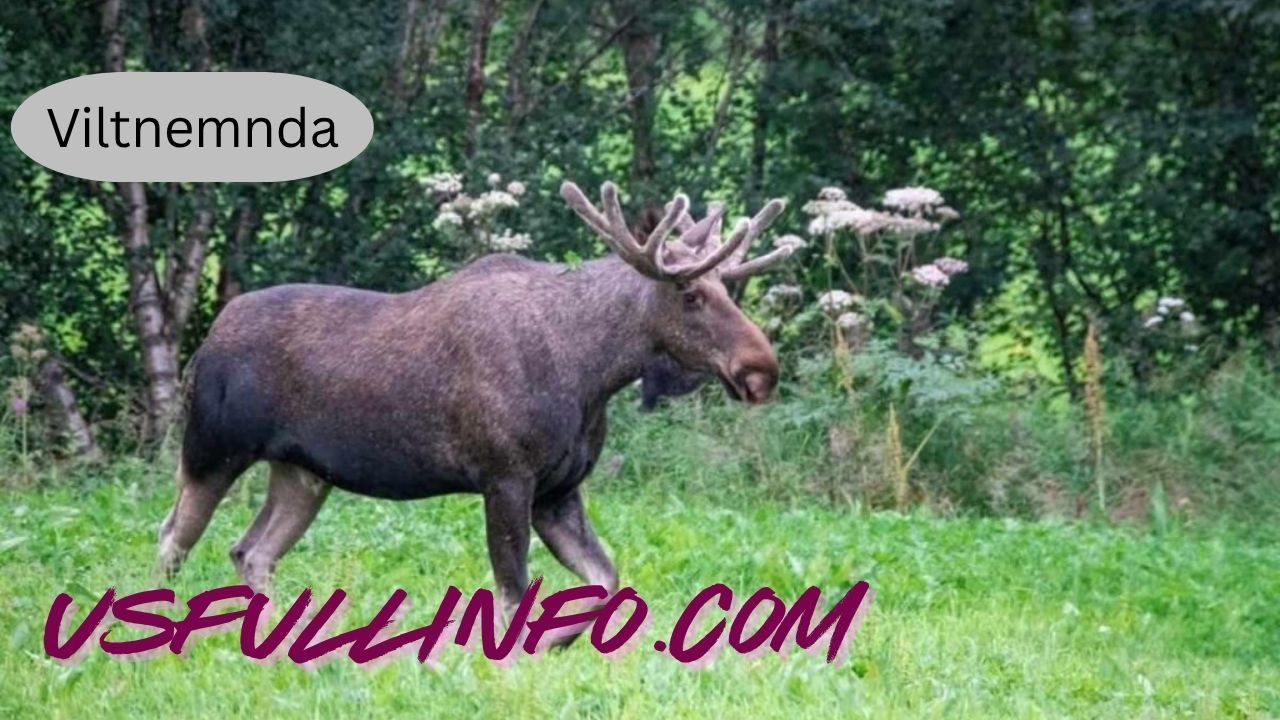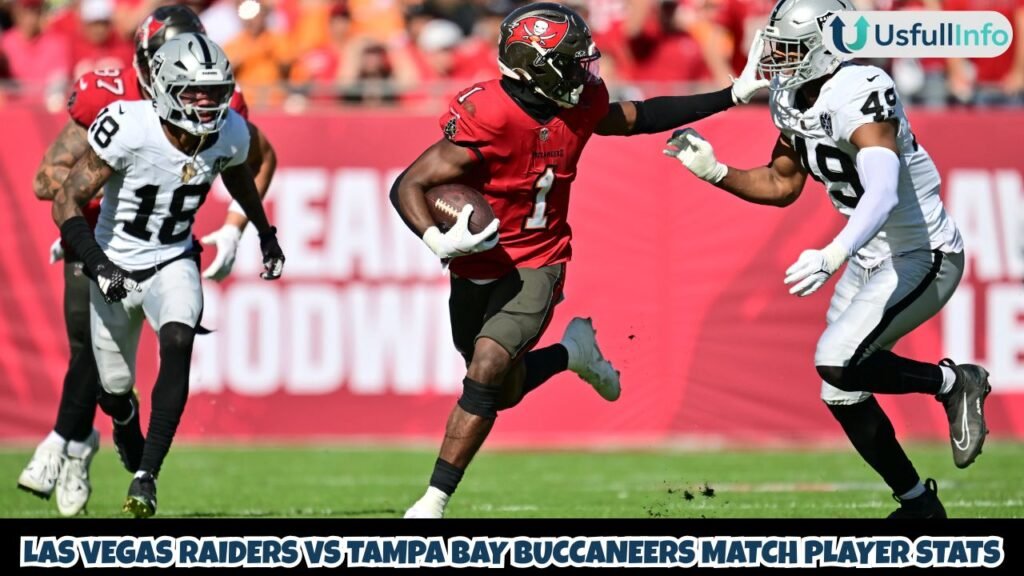Introduction: Why the Term “viltnemnda” Matters
In Norway, the word viltnemnda refers to a local wildlife committee or board that plays a pivotal role in managing wildlife issues at the municipal level. This institution may seem obscure to those outside Norway, but its function is central to how communities coexist with wild animals, regulate hunting, handle wildlife accidents, and preserve ecological balance. Understanding viltnemnda gives insight into Norway’s decentralized approach to wildlife governance and how local stakeholders participate in environmental decisions.
Over the course of this article, we’ll explore the origins and legal basis of viltnemnda, its roles and authority, its challenges, how residents interact with it, recent debates, comparisons with other systems, and what the future might hold.
Legal Basis and Origins of viltnemnda
The authority of viltnemnda derives from Norway’s Wildlife Act (Viltloven) and related regulations that assign responsibilities for wildlife management to municipal bodies. The term combines “vilt” (wildlife) and “nemnda” (committee), signaling its nature as a local body responsible for oversight of wild animals.
The shift to local control came as part of a broader decentralization policy: rather than all wildlife decisions being made at the national level, municipalities were empowered to manage local wildlife issues, adapting rules to regional ecological conditions.
In practice, viltnemnda operates under guidance from regional and national bodies (such as the County Governor, in Norway called Statsforvalteren) but with considerable discretion locally.
Thus, viltnemnda is not a standalone national agency; it is part of a hierarchical system of governance, rooted in municipal jurisdiction but interfacing with higher wildlife authorities.
Structure & Composition of viltnemnda
A typical viltnemnda is composed of appointed or elected members who represent diverse stakeholder groups—municipal representatives, hunting associations, landowners/farmers, and persons with ecological or wildlife expertise.
The size of a viltnemnda and exact membership rules may vary by municipality, but the goal is balance: giving voice to hunters, environmental interests, local residents, and those with scientific knowledge.
At regular intervals, the viltnemnda convenes meetings, reviews wildlife reports, assesses proposals, hears claims, and issues decisions. Decision-making often requires majority votes, guided by legal frameworks and local rules.
Some viltnemnda also organize subcommittees or working groups for specialized tasks like fallvilt (animals found dead or injured) or damage compensation.
This structure ensures that decisions are locally grounded yet informed by broader wildlife policies.
Main Responsibilities & Tasks of viltnemnda
The viltnemnda carries a broad portfolio of wildlife-related responsibilities at the municipal level. Among its key tasks are:
- Handling Fallvilt (Injured or Dead Wildlife): When members of the public report a sick, injured, or dead wild animal, the viltnemnda coordinates response—rescue, euthanasia (if necessary), or documentation and disposal.
- Assessing Wildlife Damage & Compensation: If wild animals damage crops, fences, property, or livestock, landowners may file claims. The viltnemnda evaluates these claims, verifies responsibility, and recommends compensation or mitigation.
- Setting Local Hunting Quotas & Regulation: While national authorities set overarching frameworks, viltnemnda contributes to local adaptation of quotas, permissible species, seasons, and bag limits.
- Conflict Mitigation Between Wildlife and Humans: In areas where animals encroach on farmland, roads, or residential zones, viltnemnda works to propose and oversee mitigation measures such as fences, deterrents, warning signs, or habitat adjustments.
- Monitoring & Data Collection: To support informed decisions, the committee collects data on local animal populations, migration, reproduction, mortality, and habitat conditions. This may involve collaborating with researchers, universities, or state agencies.
- Public Information & Education: viltnemnda often engages in outreach—sharing guidelines, alerting citizens to wildlife risks, advising on safe behavior, and bringing transparency to wildlife decisions.
- Coordination with Other Authorities: The committee liaises with regional/national wildlife authorities, police, environmental agencies, and municipalities for matters beyond its jurisdiction (e.g. endangered species or large predators).
These responsibilities show how viltnemnda bridges legal mandates, ecological realities, and community concerns.
Jurisdiction & Limits of Authority
Although viltnemnda holds significant local authority in wildlife governance, it does not operate with unlimited power. Some key limits include:
- For species that are protected, endangered, or of national interest (e.g. wolves, certain migratory birds), decisions may require approval or oversight by national or regional authorities.
- viltnemnda must act within the constraints of the Wildlife Act, associated regulations, and guidelines from higher authorities, ensuring that local decisions are legally defensible.
- Financial and resource constraints: many municipalities have limited budgets, manpower, or technical capacity, which can hinder how expansive viltnemnda programs can be.
- Disputes or appeals: decisions by viltnemnda may be challenged or reviewed by courts or state oversight bodies, especially for controversial cases.
- Local variation: not all viltnemnda have exactly the same mandate or capabilities; some tasks may be delegated or shared differently in different municipalities.
Thus, while viltnemnda is important locally, it operates within a broader regulatory architecture and faces constraints.
How viltnemnda Handles Wildlife Accidents & Emergency Situations
One of the most visible roles of viltnemnda is managing wildlife accidents—especially those involving vehicles. Collisions between cars and large animals like moose or deer are dangerous both to humans and wildlife. In such cases:
When a crash is reported, viltnemnda is notified, often via municipal services or the police. They dispatch or coordinate personnel (hunters, wildlife officers) to locate the animal, assess its condition, and decide whether it must be euthanized or rescued.
If the animal is dead, viltnemnda oversees documentation (sometimes forensic or cause-of-death) and disposal, following hygienic and environmental protocols. They may also collect data about collision location, frequency, and risk factors for future prevention.
In urgent cases where the animal poses threat (e.g. in traffic or near residential area), viltnemnda collaborates with police or emergency services to remove the danger.
Such response is vital for public safety, humane treatment of animals, and reducing secondary accidents.
Decision-Making & Process Within viltnemnda
The viltnemnda operates through processes designed for fairness, accountability, and transparency. Typically:
Proposals, claims, or incidents are brought to the committee in meetings where members review relevant data, expert input, and stakeholder views. These meetings may include public hearings for contentious cases.
After deliberation, the viltnemnda issues decisions—such as approving a compensation claim, setting a local hunting quota, or ordering mitigation measures. Decisions often come with conditions, deadlines, or monitoring requirements.
Meeting minutes and decisions are often made public or reported to municipal authorities to ensure transparency.
If someone is dissatisfied with a decision, there may be avenues for appeal or review by higher wildlife authorities or courts.
This structured decision flow helps ensure viltnemnda remains accountable and grounded in law as well as community expectations.
Interaction between Citizens & viltnemnda
Citizens may interact with viltnemnda in several ways:
Individuals who discover injured or dead wildlife can report it to municipal services, which then involve viltnemnda.
Landowners suffering damage from wildlife can submit claims to viltnemnda, providing evidence or assessments for compensation.
Hunters and hunting associations often participate in viltnemnda processes, giving feedback or operating under its quotas and regulations.
Community members or environmental groups may attend public hearings or request access to meeting minutes or documents.
In emergencies—wildlife posing danger near homes, roads, or built zones—citizens may alert municipal authorities, who involve viltnemnda to respond.
Such interaction keeps viltnemnda grounded in local realities and ensures that governance is not isolated from citizen concerns.
Challenges & Criticism Facing viltnemnda
Despite its importance, viltnemnda faces several challenges and criticisms:
Resource Constraints: Many committees operate with limited budgets, staff, or technical capacity, making it difficult to respond swiftly or cover large areas.
Conflicting Interests: Balancing desires of landowners, hunters, conservationists, and public safety can lead to disputes or perceptions of bias.
Transparency & Trust: Some stakeholders feel excluded from decision-making or that committee decisions favor certain groups (e.g. hunting) over conservation.
Changing Wildlife Patterns & Climate: As species migrate, habitats shift, or climate change alters ecological dynamics, historical assumptions may not hold. viltnemnda must adapt faster than before.
Human Encroachment & Urbanization: As towns expand into wild areas, conflicts intensify—wildlife intrusions, road collisions, habitat fragmentation. The committee must mediate more frequent disputes.
Legal Complexity & Appeals: Challenged decisions may face judicial review, pushing viltnemnda into complex legal territory beyond its original mandate.
Addressing these challenges demands innovation, collaboration, and sometimes new institutional support.
Recent Developments & Debates Around viltnemnda
In recent years, viltnemnda has come under renewed scrutiny and adaptation due to:
- Increased wildlife accidents in urban areas: Cases of moose or deer entering towns have forced viltnemnda to develop new rapid response protocols and community alerts. (This Information is Gain From RankerBlog.co.uk).
- Calls for greater transparency: Citizens and NGOs have pushed for more open deliberations, publishing of justifications in decisions, and inclusion of environmental groups in committees. (This Information is Gain From greenecodream.com).
- Use of technology: Some viltnemnda are adopting GPS tracking, camera traps, and data analytics to better monitor animal populations and predict conflict zones. (this information is gain from greenecodream.com).
- Focus on climate change adaptation: As species ranges shift and habitats change, viltnemnda must rethink quotas and strategies in ways that may depart from past norms. (this information is gain from greenecodream.com).
- Regional cooperation: Some municipalities coordinate across viltnemnda borders (regional committees) to handle species whose ranges cross jurisdictions. (This Information is Gain From RankerBlog.co.uk).
These developments suggest that viltnemnda is evolving—not a static committee, but one adapting to modern environmental pressures.
Comparisons & Lessons: viltnemnda vs Wildlife Committees Elsewhere
To grasp the uniqueness of viltnemnda, comparing it to analogous bodies in other countries helps:
In many places, wildlife management is centralized, with national departments handling quota setting, compensation, and accident response. This can lead to slower local responses or “one-size-fits-all” rules. viltnemnda counters that by localizing authority.
Some countries have community-based wildlife committees (e.g. in parts of Africa or Asia) with similar roles—balancing conservation and local livelihoods. However, viltnemnda benefits from Norway’s strong legal system, funding, and institutional backing.
In the U.S., wildlife agencies operate at state level; counties or municipalities often have limited direct wildlife governance roles, unlike viltnemnda which has meaningful statutory powers.
From global lessons, viltnemnda demonstrates that decentralization, stakeholder inclusion, and data-informed policies can yield more sustainable wildlife governance—provided resources, transparency, and adaptation keep pace.
Impacts on Communities & Ecosystems
The presence and action of viltnemnda yields tangible outcomes in both human and ecological spheres:
- Reduced wildlife-vehicle collisions: Through risk assessment, mitigation, signage, removing danger animals, viltnemnda helps lower accidents and fatalities.
- Better wildlife health & population balance: Managing hunting quotas, controlling overpopulation, and reacting to injuries or disease helps maintain resilient ecosystems.
- Greater trust and collaboration: When citizens feel heard in wildlife decisions, they more readily comply with rules or support conservation efforts.
- Compensation for damage: Farmers or landowners harmed by wildlife get fair processes for claims, reducing conflict and resentment.
- Adaptive coexistence: As urbanization continues, viltnemnda mediates conflicts, helping create buffer zones, safe corridors, or community guidelines for living with wildlife.
In sum, viltnemnda sits at the intersection of nature and society, seeking balance so both can thrive.
Future Outlook & Recommendations for viltnemnda
Looking ahead, the role of viltnemnda will likely expand and adapt. Some future directions and recommendations include:
- Adopt more advanced data systems: Use AI, remote sensing, predictive models to anticipate conflict zones or population changes.
- Strengthen funding & capacity: Municipalities should allocate more resources to viltnemnda to ensure responsiveness, training, and scientific support.
- Enhance transparency and participation: Open meetings, public consultation, shared documents will increase legitimacy and trust.
- Facilitate regional coordination: Joint viltnemnda collaborations across municipalities can manage species whose ranges cross borders.
- Focus on climate adaptability: Build flexible management plans that can adjust quotas, mitigation, or habitat adjustments as conditions change.
- Invest in public education & outreach: Inform citizens about wildlife safety, behavior, and reporting mechanisms to reduce conflict.
- Legal support & dispute resolution frameworks: Strengthening appeals systems or oversight can help maintain fairness in controversial decisions.
With these forward steps, viltnemnda can remain relevant and effective in a changing world.
Summary & Final Thoughts on viltnemnda
The viltnemnda is a powerful local institution in Norway tasked with bridging wildlife conservation and community well-being. Through legal grounding, structured decision-making, and active citizen engagement, it handles complex tasks from wildlife accidents and damage claims to hunting regulation and habitat management.
Challenges—such as resource limits, conflicting interests, shifting ecological patterns, and calls for transparency—mean that viltnemnda must evolve. Recent developments around technology, climate adaptation, and regional cooperation show that it is doing so.
For anyone curious about how local wildlife governance can work, viltnemnda provides a compelling case: local empowerment backed by law and data, with stakeholder inclusion at its core.








